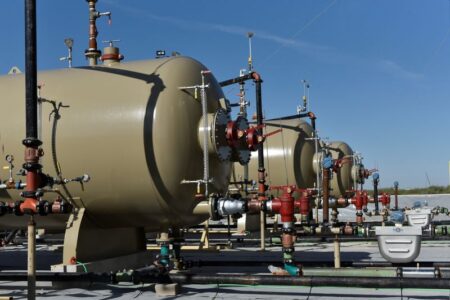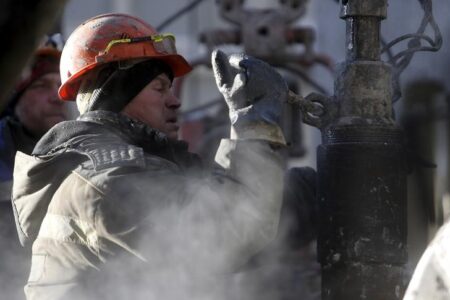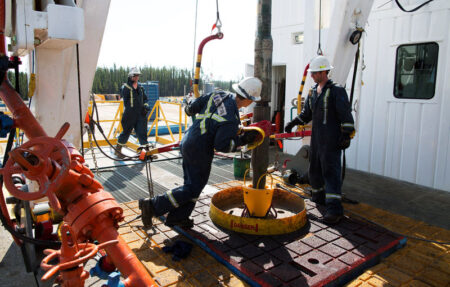MOSCOW (Reuters) – The Kremlin on Wednesday described news of damage to the Balticconnector gas pipeline between Estonia and Finland as disturbing and said that the attack on the Nord Stream pipeline last year was a dangerous precedent.
Finland said on Tuesday that a subsea gas pipeline and a telecommunications cable connecting Finland and Estonia under the Baltic Sea had been damaged in what may have been a deliberate act.
“I do not have technical information, I do not know if our special services have such information, but of course, this is quite disturbing news,” Kremlin spokesman Dmitry Peskov told reporters when asked about the pipeline.
The damage to the gas pipeline was believed to have taken place in Finnish waters, while the telecoms cable breach was in Estonian waters, Finnish authorities said.
Peskov added that there had been dangerous precedents in the Baltic – blasts on the Nord Stream gas pipelines in September 2022 that Moscow blames on the United States and Britain. Washington and London have denied involvement.
“We know that dangerous precedents for carrying out terrorist attacks against critical infrastructure facilities in the Baltic have already been created, I mean the attacks against the Nord Stream pipelines,” Peskov said.
It is still a mystery who was behind the attack on Nord Stream.
A sharp drop in pressure on both pipelines was registered on Sept. 26, 2022 and seismologists detected explosions. Swedish and Danish investigators have yet to determine who was responsible.
U.S. newspapers including The Washington Post, The New York Times and The Wall Street Journal have reported that the U.S. Central Intelligence Agency knew of a Ukrainian plot to attack the pipelines. Ukrainian President Volodymyr Zelenskiy has denied Ukraine attacked them.
In a February blog post, Pulitzer Prize-winning investigative journalist Seymour Hersh cited an unidentified source as saying that U.S. navy divers had destroyed the pipelines with explosives on the orders of President Joe Biden.
The White House dismissed Hersh’s report as “utterly false and complete fiction”. Norway said the allegations were “nonsense”.
The Nord Stream 1 and Nord Stream 2 pipelines have a joint annual capacity of 110 billion cubic metres – more than half of Russia’s normal gas export volumes. Sections of the 1,224-km (760-mile) long pipelines, which run from Russia to Germany, lie at a depth of around 80-110 metres.
Read the full article here












